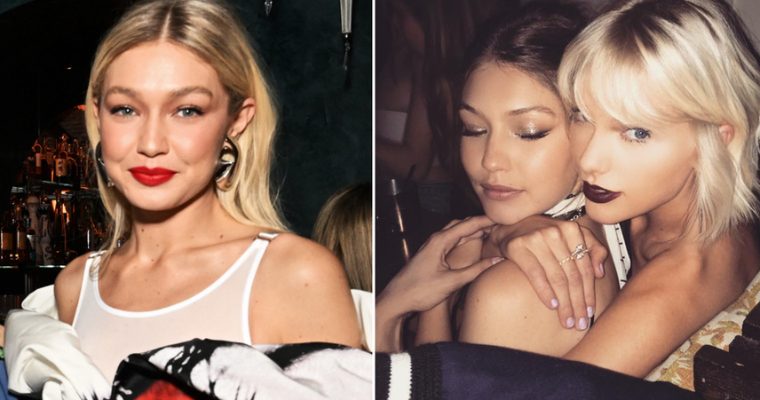Of all music criticism’s favorite fallacies, few are as entrenched as the notion of superstar succession: that pop icons don’t simply evolve and change over time, they are violently usurped, “Golden Bough”-style.
Robert Christgau announced Prince’s ascension to rock’s satyr of choice by advising Mick Jagger to “pack up his penis and go home.” The generational clash between Madonna and Lady Gaga can still incite furious flame wars, likewise with rival rap queen bees Lil Kim and Nicki Minaj. And the hyperbolic race to crown a “next Bob Dylan” has been ongoing since the 1960s.

Yet that leaves little room in the critical imagination for the enigmatic exceptions, the stars who seem to buck numerous conventions without creating an imitable future model. And Jennifer Lopez is certainly one of those.
As a recording artist, Lopez exhibits a plethora of contradictions. Despite a carefully cultivated image as an imperious pop empress in ludicrously expensive outfits, her signature hits bear the titles “I’m Real” and “Jenny From the Block.” She managed the perilous transition from actress to music star without ever seeming to pick either as a primary gig. She established herself as an oft-provocative sex symbol while her demeanor made it abundantly clear that she’s not asking you to come hither. She planted the seeds of a music career by portraying one of Latin America’s most beloved singers in “Selena,” and has maintained a Spanish-language career ever since without being swept up in the Latin crossover boom that failed to detonate as projected.
And perhaps most importantly, at its height, Lopez’s music managed to feel entirely of the moment while embracing trends that were either outgoing, or else still far on the horizon.

Her first full-length effort, 1999’s “On the 6,” was suffused with the bottle-popping luxury-rap trappings that her early producers Sean Combs and his Trackmasters team patented in the mid-’90s, yet the record’s breakout club hit, “Waiting for Tonight,” seemed to anticipate the rise of Euro-centric dance pop a decade before EDM became a buzz term. And when DJ culture finally began making mainstream inroads in the latter part of the past decade, Lopez instead turned toward silkily sedate Spanish Sade worship with LP “Como Ama una Mujer.”
Lopez’s voice presents another quandary. Though she rarely slathers her voice in compensatory Auto-Tune, Lopez nonetheless shuns the melismatic touches that divas of her ilk tend to spray left and right like so much perfume. Critic Rob Sheffield astutely compared her vocal stylings to those of fellow multihyphenate Ann-Margret, noting that both copped the persona of a “round-the-way superstar who doesn’t need to belt, because she’s already got your attention.”

If Lopez’s early recorded efforts sometimes seemed a bit too calculated in their streamlined chart appeal, she did let down her hair as the last decade progressed, leading to both her best music and her most precipitous falls. 2005’s “Rebirth” was the first of Lopez’s albums to fail to reach Platinum status, with the star’s appeal compromised by lingering “Bennifer” backlash. But lost in the orgy of schadenfreude was the simple fact that it was also her homiest, most natural-sounding collection, the closest she’s ever come to simply relaxing and riding a groove to its conclusion.
On the opposite end, the confidence that has become Lopez’s stock in trade can easily curdle into an off-putting arrogance. The nadir of such mismanagement came with 2009 single “Louboutins,” a brand-flogging ode to luxury shoes released during the depths of a worldwide recession, whose debut on the American Music Awards was overshadowed by Lopez literally falling on her backside mid-song. It was a plummet full of portent: Though clearly intended to launch upcoming LP “Love?” with a splash, the track failed to chart and was ultimately cut from the album, which would be Lopez’s last original release for longtime label Epic.

Lopez’s ability to bounce back from this malaise has been one of the more underreported comeback stories in contemporary pop, however, as her season-long stint on “American Idol” coincided with a return to the top of the charts with the bestselling single of her career, “On the Floor.”
Perhaps it’s appropriate that Lopez has found a key slump-stopping collaborator in rapper Pitbull, who appeared on “On the Floor” and follow-ups “Live It Up” and “Dance Again.” Much like his fellow Latin-Caribbean chameleon, Pitbull’s career has progressed through a wide variety of styles — reggaeton, crunk, Euro-house — without ever appearing conscious that the scenery behind him has changed. Similarly, former Disney Channel moppet Selena Gomez has taken cues from Lopez with her leap from screen stardom into empowered dance pop.
Yet while there are notes to be taken from her strange trip through post-millennial music, Lopez idolaters would be advised not to hew too closely to the model. Lopez seems uninterested in surrendering her particular crown anytime soon, and it’s not clear it would even fit anyone else.








